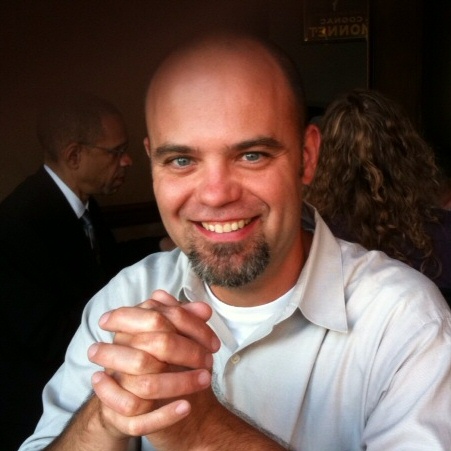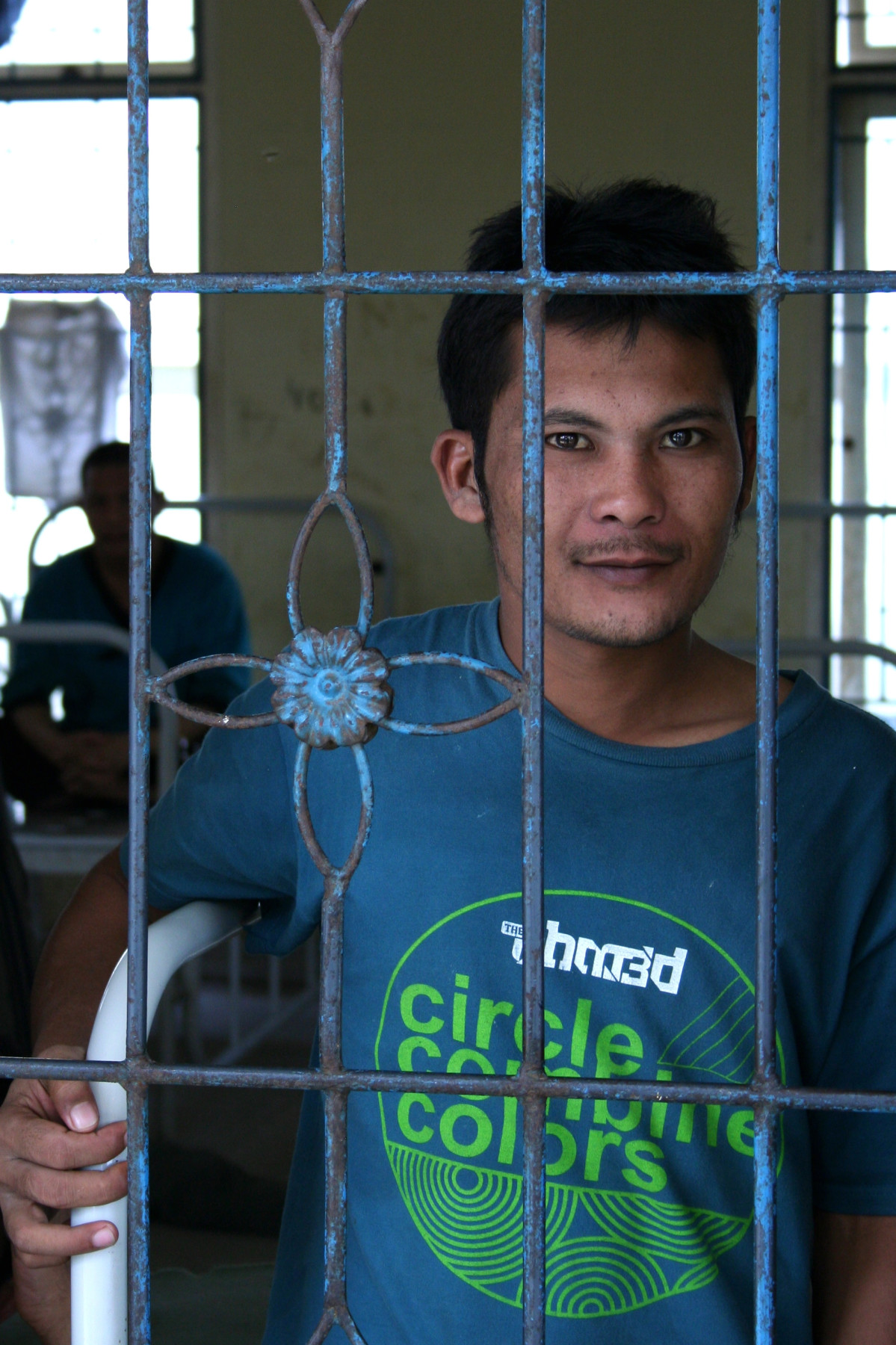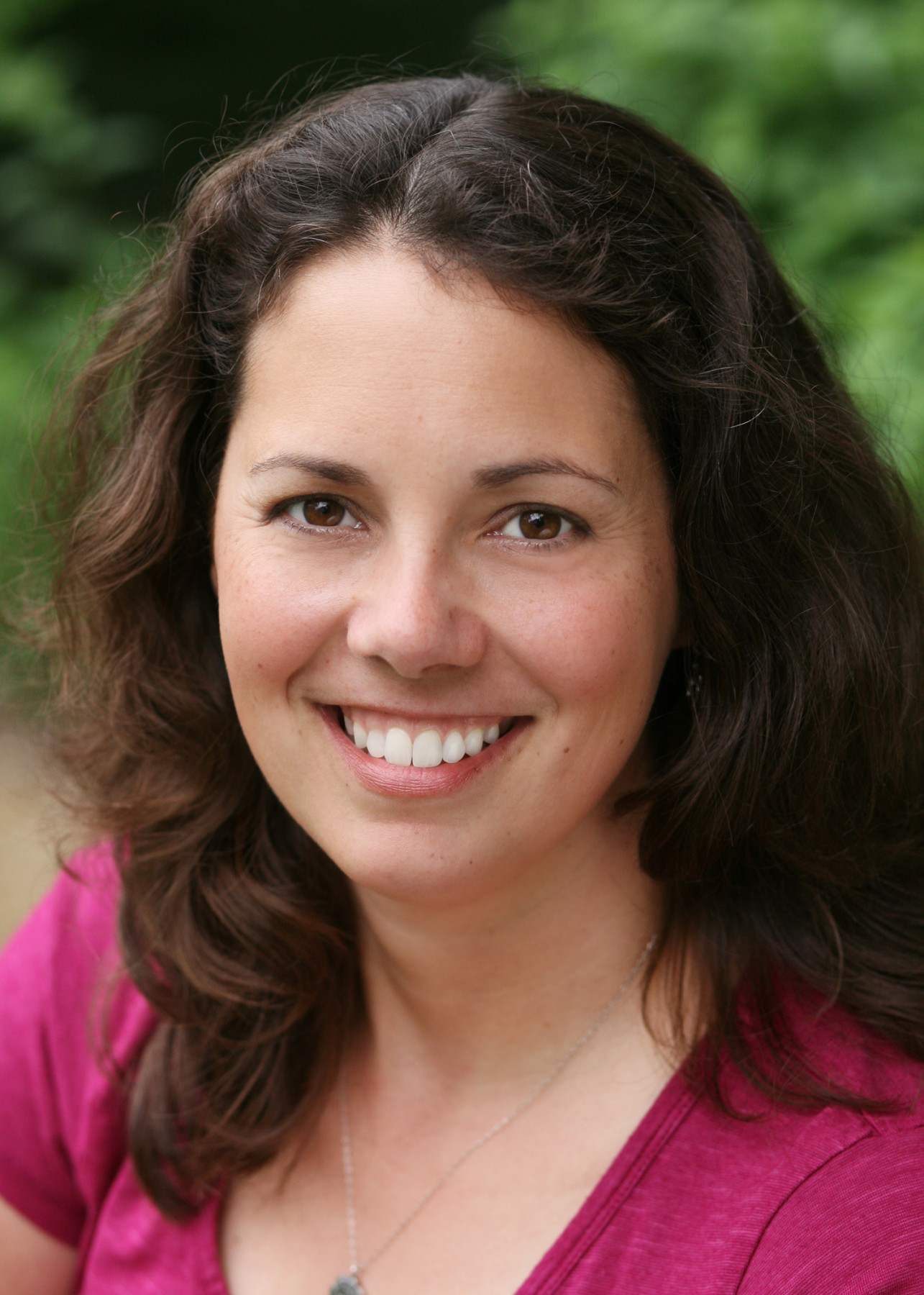
For many people in the developing world who are mentally ill, psychiatric care is little more than a prison sentence. In one corner of Indonesia, that’s beginning to change, thanks in part to the 2004 earthquake and tsunami that devastated the region, providing a final impetus to develop a mental health system that had long needed drastic improvement. After examining mental health care in Indonesia immediately following the tsunami, Science staff writer Greg Miller kept tabs on a fledgling program that aimed to vastly broaden access to mental health care. Seven years later, he decided it was time to report on the program’s impact. “Who Needs Psychiatrists?” was published in Science on March 16, 2012. Here, Miller tells TON co-founder Siri Carpenter the story behind his story. (This interview has been edited for length and clarity.)
What led you to this story?
This came out of a series of articles that I did a few years ago, through a fellowship from The Carter Center that I got to do some reporting on global mental health. It just happened that my fellowship year coincided with the Indian Ocean tsunami. The aid response to that was completely chaotic—there were more aid workers in some places than there were people who needed help. They were even competing for children to come to their programs, offering them toys and candy and stuff. It was really bizarre. But one of the hopeful things that came out of that, and the way I ended one of my articles [The Tsunami’s Psychological Aftermath], was that there were people from the World Health Organization and elsewhere who were trying to use the disaster as the impetus to create a mental health system in these areas where there wasn’t anything before. The idea was to use nurses and village volunteers to do some of the mental health care that traditionally has been done by psychiatrists, who are in incredibly short supply throughout the developing world.
I became convinced that mental health is a vastly underappreciated and under-reported issue in global health, particularly in developing countries. I felt like there was a great opportunity to do more reporting on that in the future. There were several key people who had been really helpful in that series, and I would check back in with them every year or so, or whenever I thought of it. By last fall, when I went to Indonesia, it was about seven years since the disaster, so it seemed like a good time to see how this idea was working out.
What questions did you ask yourself—or others—in deciding whether and how to cover the story?
To me, this seemed like a pretty straightforward story from the beginning. So much of my series a few years ago was doom and gloom, about how conditions in mental hospitals in much of the developing world are awful, and how the human rights of patients are violated, and people have no access to care; and so here, it seemed like maybe things were turning around in some places. The story seemed pretty clear to me; this was a case where the story presented itself. There are definitely stories I’ve written where I’ve really struggled to define the story, but this wasn’t one of them.
Why did you choose to focus the story in Aceh Province, specifically?
I thought Aceh was particularly interesting for a number of reasons. One was that the devastation from the tsunami there was so incredible. Something like 170,000 people died there. I hoped that that would make the story more compelling to people who might not otherwise read it—the idea that you had this horrible tragedy but that something good may be coming out of it.
And also, I liked the idea of visiting Aceh because what’s happening there is kind of a messy, real-world test of this idea of delivering mental health care without psychiatrists. There are people doing more rigorous clinical trials that are the kinds of things we might ordinarily report on more in Science, but the big question is, does this actually work in the real world?
How did you begin your reporting?
One of the people I had stayed in touch with [after my previous series] was Harry Minas, who runs the Centre for International Mental Health in Melbourne, Australia, and he was instrumental in developing the program in Aceh. He was my lead contact and was a great help in setting me up with people in Indonesia. Most of the reporting I did before I went centered around making sure the trip would be justified—that I would actually get to see what I needed to see.

Like what?
I wanted to really see what a mental health system that doesn’t rely on psychiatrists looks like. I wanted to go out with the nurses into the villages and see what they do. I wanted to meet some of the village volunteers who’ve got some mental health training and talk to them about what they do, and hear their stories, hear whether they thought it was making a difference. And if possible, I wanted to meet some patients who could say whether they’ve been helped by this new way of doing things.
Were you able to verify in advance that you’d be able to do those things? Did you have an itinerary set up?
Kind of. There’s only so much you can do beforehand—you always have to be ready to wing it. But in this case it actually worked out remarkably well. Harry Minas and a colleague, an Indonesian psychiatrist who works for the WHO, met me in Jakarta and came to Aceh with me for the first part of my trip. They were absolutely phenomenal in introducing me to people and making sure I got to see what I wanted to see. So it worked out pretty well. They made sure that everything went according to plan—which was not what happened on my first trip to Sri Lanka a few years ago.
What happened there?
On that trip, I got to Colombo and checked into my hotel and called the guy who was my main contact there. He was the WHO’s main point person for mental health in the country at the time. I woke him up—he was back home in England and it was the middle of the night there. He had forgotten I was coming, and he wasn’t going to be there. So my entire plan went up in smoke and I had to start from scratch. It was like a complete panic.
What did you do?
I spent some time panicking, and then I ended up meeting this woman at breakfast at my hotel, who was a Norwegian aid worker. She was there doing dance therapy with children affected by the tsunami—that was the kind of stuff that was going on there. But I was telling her my sad story, and she said, “Oh, there’s this Croatian psychiatrist who works for one of the big aid groups here—you should talk to him.” So I ended up tracking this guy down at his office and talking with him for an hour or so. I made my case to him that I wanted to get out to some of the refugee camps and see what was going on, and he put me in touch with his contacts, and I ended up getting on the trail that way. It was completely unpredictable—I didn’t know this guy existed before I landed.
So that experience shows how, especially in developing countries, you have to be prepared for a little bit of chaos and not be too derailed when things don’t go according to plan.
But from what you say, you were fortunate with this story in Aceh that things fell into place pretty neatly.
Yeah, in this case things went remarkably smoothly.

How did you find the man with schizophrenia whom you introduced in your lede, who had spent two decades confined in a brick cell that his family had built?
That was a little bit by chance. I had talked with Harry about this practice of pasung, which is where families in the rural areas who have a very sick relative—typically someone with schizophrenia or psychotic illness—will confine them because they don’t have any viable options for care. I told Harry that I was interested in meeting a patient, but the way that meeting came about was kind of by coincidence. I spent a lot of my time in Aceh reporting from the top down. I really wanted to get out into the villages, but before I did anything, I had to meet the Governor of the province. Then I had to go to the provincial health office in the capital and get someone there to write me a letter that I could take to the districts. Then in the villages, I had to meet with the hospital directors before I could meet the nurses.
So I spent a lot of time jumping through all these hoops, and at one point I was in this very dreary hospital office talking with the director of the district hospital. There were all these other people in the room and I wasn’t really sure who anybody was, and I was having some trouble with my translator, who kept complaining about my thick American accent, which he said was impenetrable. It was a really difficult interview situation, and it wasn’t clear that the director really knew anything about the program, and he wasn’t giving me any specific information. At one point I asked if they had any success stories from this program. There was a long silence, and then suddenly from out of nowhere, this woman started speaking in really good English—she was one of the nurses there with the WHO, and she spoke better English than my translator. She started telling me the story of this guy who had spent 20 years locked up in a cell in his family’s yard after he had a psychotic episode. She was the one who initially found him, as part of the outreach program, and arranged to get him cleaned up and get some treatment and get out of the cell and living independently. So she’s telling me about this guy and showing me photos, and she asked, “Do you want to meet him?” I’m so glad this woman spoke up—otherwise I never would have met this guy.
![villageleader[1]](https://www.theopennotebook.com/wp-content/uploads/2012/06/villageleader1.jpg)
So that was a transition point in your reporting.
Yeah, once I got to that point, that’s where I got to go out with the nurses to this village and meet the patients—that’s what I wanted to do. From that point on, for my last three days there, that’s all I did. In one village, I went to a community meeting and met the village leader and talked to some patients there, and some of the nurses who were checking on people in that community. I wrote a post for The Last Word on Nothing about my experience at one community meeting—definitely one of the more memorable moments of my reporting career—standing up in front of a village meeting trying to simultaneously explain why I was there and figure out how to eat a smoked duck egg.
How much time did you spend in Indonesia?
Only eight or nine days—not very long.
Was the trip a hard sell at Science?
Well, I think this topic has always been kind of a hard sell for Science, because it’s kind of a public health story more than a science story—but then I think a lot of our coverage of things like HIV/AIDS and other infectious disease also boils down to public health more than science. And I think they knew this is something I’m passionate about and committed to. There was little bit of back and forth, but it was an easier sell this time around than it was the first time, a few years ago.
Was the expense a factor?
It wasn’t much more than I would spend going to a five-day conference in the U.S. The flight was expensive, but then everything else was so cheap that I think it came out to about the same as I would spend to go to the annual Society for Neuroscience meeting, where you’re staying in expensive hotels and eating expensive food.
Did you do your own photography?
I did—I was actually kind of proud of that; I thought a lot of the photos turned out well.
How did you manage that? Were you trying to take notes and record and take photos all at the same time?
I was, and I’m not very good at that. I just have a basic Canon entry-level SLR, nothing fancy. But I knew I wanted to take photos because it was so colorful there and I knew that would add a lot to the story. So I just forced myself to take time to wander around and take photos. There were times when it felt weird because I’d be talking with people and then I’d just stop talking to them and get up and take pictures. But that was fine –they were taking pictures of me too. They all had their cell phones out, and I was trying not to get pictures of them taking pictures of me taking pictures of them.

In addition to all the reporting from Aceh Province, this story involves a lot of documents and data from various global health programs. How hard was it to track down that information, and what was your thinking about how much to include?
Tracking it down wasn’t so hard because of all the work I put in on my fellowship series. The one thing I did wrestle with was how much of a motivating argument I needed to make that mental health was something worth caring about. That was an argument I wanted the story to make, but I wasn’t sure how much to try to make it with facts and figures—like there’s one psychiatrist for every million people, or the economic impact of mental illness—versus the emotional argument that you can make about the human rights violations of patients and the sad situation of people who are sick and have no access to care. I didn’t want the story to get too bogged down with a lot of facts and figures, but I felt a little bit of that was necessary to make the argument that this story isn’t just something that is going on in this one corner of the world, but that this is a global issue that doesn’t get the attention it deserves.
Did you start writing on the trip, or after you got home?
I knew that after I got back I wasn’t going to get a chance to write it for a while, because I had a bunch of other meetings and other deadlines that I had to deal with. So while I was there, I tried to take really copious notes so that my future self wouldn’t hate my past self. I used Evernote, which is a program that I really like for collating notes and other kinds of information when you’re working on a story.
During the day, I wrote shorthand notes about what I was doing, what I was seeing, what people were saying. But then at night, I tried to actually write that as if it were going to use it as a scene in my story, because when you do that, you remember details. There are always details you want to remember—what someone was wearing, or whether they were animated or quiet…I usually don’t get those things down in a first pass, but if I go back within a day or so, I can remember those details; if I wait a month, there’s no way. That’s where I’ve really kicked myself in the past.
Are there any ways in which you originally conceived the story that didn’t pan out the way you thought they would?
In the process of doing some of the big-picture reporting when I came back—getting updates from sources in prior stories and such—one of the last people I talked to was actually a little bit critical of this program, and that threw a last-minute kink into things. I had to do a lot more reporting to understand his criticisms and decide how seriously to take them, to get the responses of people who were leading the program, and to weigh all that and figure out how to work it into the article. So that was a challenge late in the game that I didn’t anticipate. I wished I had talked to this guy before I went to Aceh.
Is there anything that people wouldn’t know from reading the piece that you’d like them to know?
If I didn’t make a compelling case that this is an issue where there is rich and fertile ground for journalistic exploration, I’d really encourage people to look into it. I think it’s a really important issue that could use more coverage than it gets.
A glimpse behind the scenes:
- Field notes from community meeting
- Evernote write-up based on field notes, photos, and iPhone recording

Siri Carpenter is co-founder and editor-in-chief of The Open Notebook. Follow her on Twitter @SiriCarpenter.


